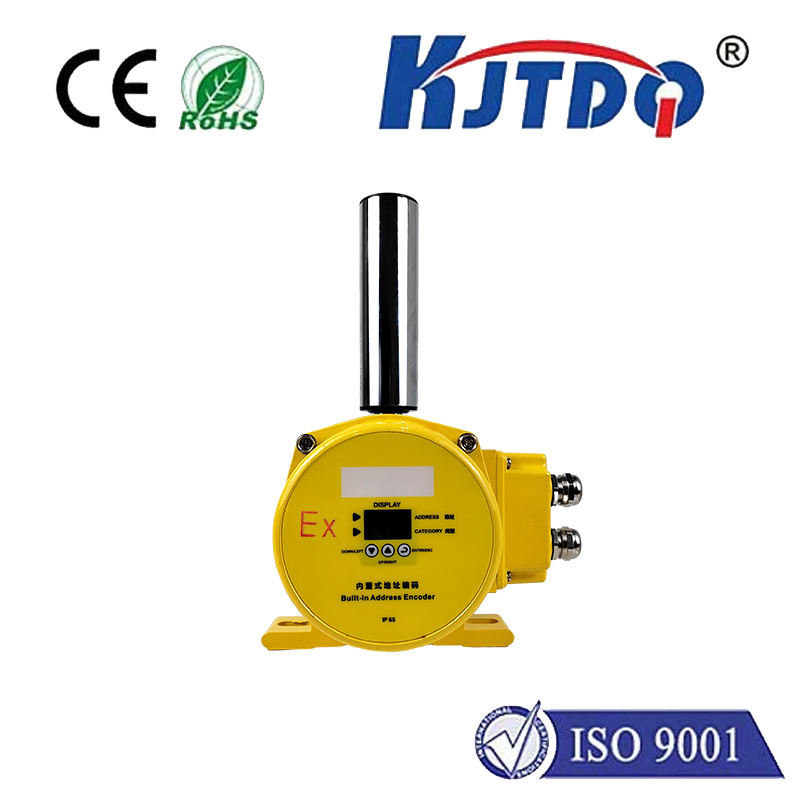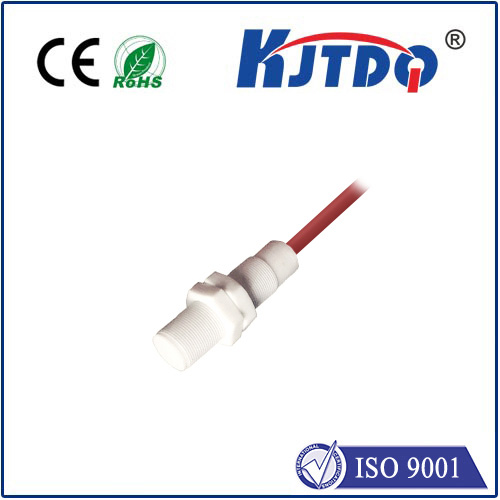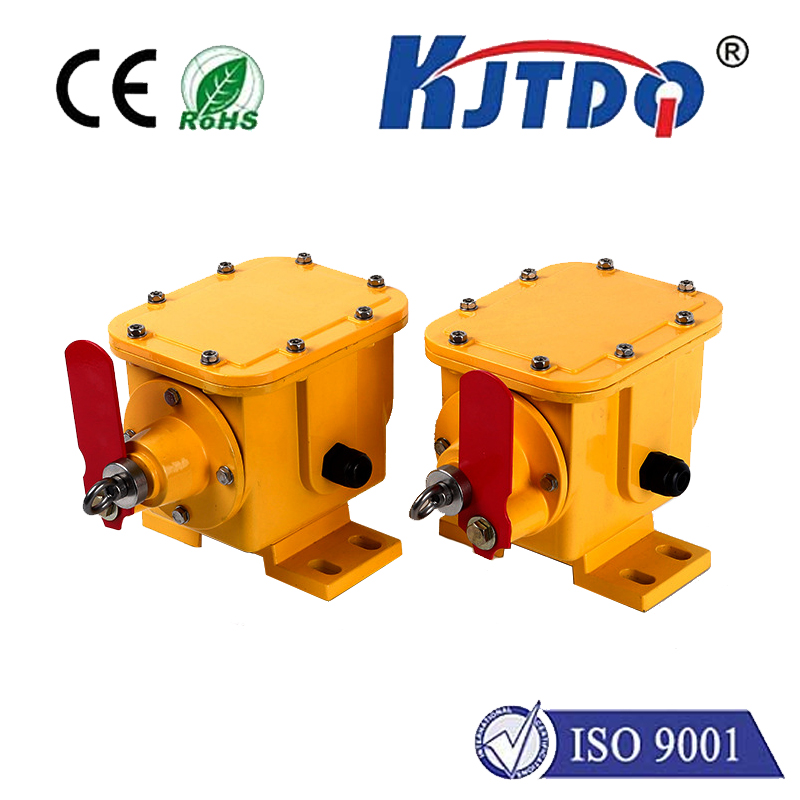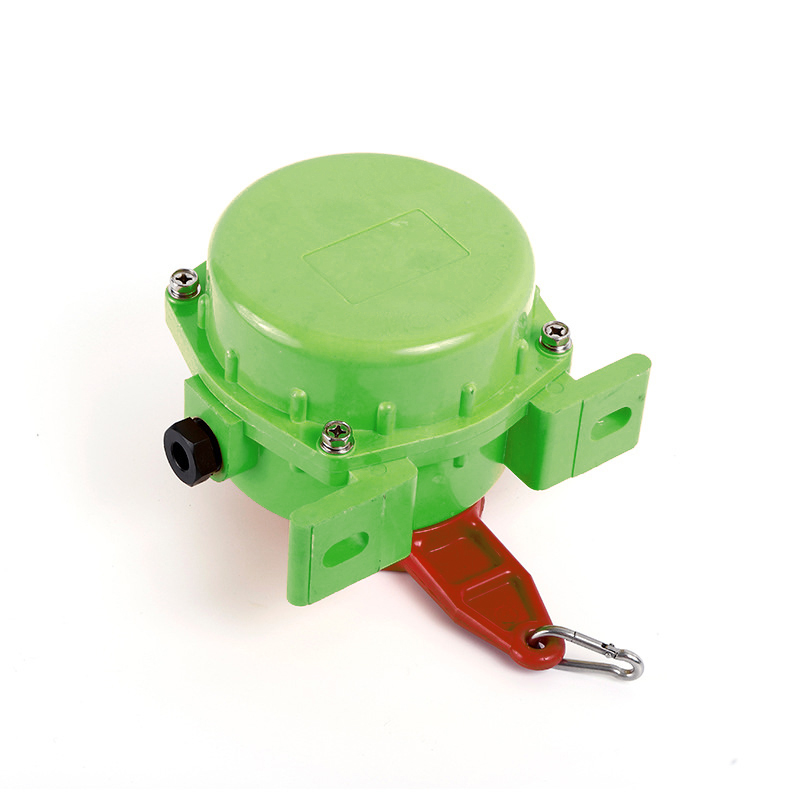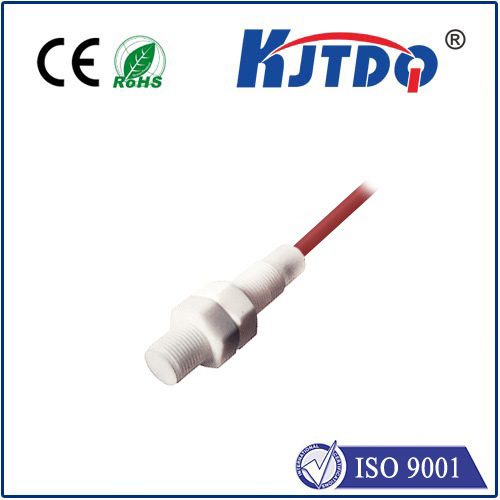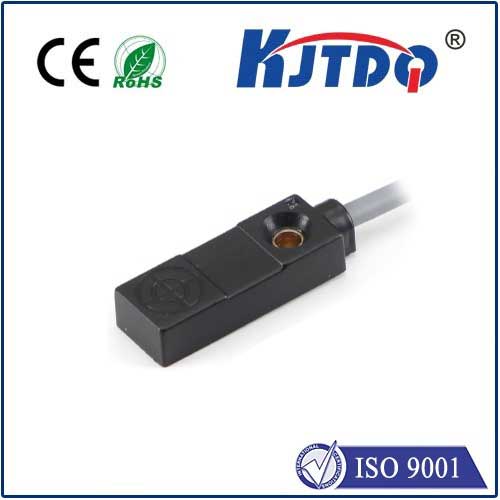proximity magnetic sensor
- time:2025-09-08 00:58:43
- Нажмите:0
The Unsung Hero of Modern Automation: Understanding Proximity Magnetic Sensors
Ever wonder how your smartphone screen magically turns off when held to your ear during a call? Or how elevator doors sense your presence and reopen just in time? Often, the invisible guardian enabling these seamless, reliable interactions is the proximity magnetic sensor. These sophisticated yet robust components detect the presence or absence of nearby objects without any physical contact, playing a pivotal role in countless applications we rely on daily.
How Do Proximity Magnetic Sensors Actually Work?
At the heart of a Магнитный датчик приближения lies the principle of detecting changes in a magnetic field. Unlike optical or capacitive sensors, they respond specifically to magnetic targets, typically a permanent magnet. Here’s the core mechanism:
- Field Generation & Disruption: The sensor itself may generate a magnetic field, or it may be designed to detect the field from a nearby target magnet.
- Detection: When a ferrous metal object or a permanent magnet enters the sensor’s predefined detection range, it interacts with the magnetic field. This interaction disturbs the field’s strength or direction.
- Signal Conversion: The sensor contains internal circuitry (often based on the Hall Effect or magneto-resistive technologies) that is exquisitely sensitive to these magnetic field changes. The Hall Effect involves voltage generation perpendicular to current flow in a conductor when exposed to a magnetic field. Magneto-resistive elements change their electrical resistance in the presence of a field.
- Output Trigger: This physical change (voltage or resistance) is internally converted into a clean, usable electrical signal. The most common output is a simple digital switch – it toggles its state (e.g., ON/OFF, Open/Closed) when the target enters or leaves the detection zone. Analog outputs, providing continuous distance information, are also possible.
Where Proximity Magnetic Sensors Shine: Key Applications

Their unique blend of capabilities makes magnetic proximity sensors indispensable across diverse sectors:
- Consumer Electronics: The classic example is smartphone screen blanking during calls. They also enable features like flip covers activating sleep/wake modes on phones, tablets, and laptops. Smartwatches utilize them for wrist detection.
- Industrial Automation & Machinery: This is where their robustness truly excels. They are vital for:
- Position Sensing: Detecting cylinder rod position in pneumatic/hydraulic systems, confirming end-of-travel for machine parts, verifying door/hatch closure.
- Speed Monitoring: Counting gear teeth or detecting markers on rotating shafts.
- Object Detection & Counting: Sensing the presence of metal parts on conveyor lines.
- Safety Interlocks: Ensuring safety guards are properly closed before machinery can operate.
- Automotive Systems: Found extensively under the hood and within body systems for position feedback (throttle, transmission, pedals), gearbox position sensing, seatbelt buckle detection, and even braking systems.
- Security Systems: Used in door and window contact sensors within alarm systems.
- Home Appliances: Detecting door closure in washing machines, dryers, dishwashers, and microwave ovens for safe operation. Detecting water levels in some designs.
- Medical Devices: Employed in equipment where small, reliable, non-contact position sensing is critical, such as infusion pumps or actuator positioning.
Why Choose Proximity Magnetic Sensors? Compelling Advantages
Several inherent benefits drive the widespread adoption of these sensing solutions:
- True Non-Contact Detection: The fundamental advantage. The sensor and target never touch, eliminating wear and tear and enabling detection through non-metallic barriers like plastic, glass, or thin walls – ideal for harsh or sealed environments.
- Exceptional Reliability & Durability: With no moving parts prone to friction fatigue and often hermetically sealed, proximity magnetic sensors boast incredibly long operational lifespans, even under demanding conditions involving vibration, dust, or moisture.
- Robust Against Contaminants: Unlike optical sensors which can be blinded by dirt, oil, or fog, magnetic sensors remain largely unaffected by non-ferrous debris, grime, and certain liquids. This makes them perfect for dirty industrial settings.
- High Switching Speed & Repeatability: They can detect targets moving at high speeds with excellent positional accuracy and repeatability cycle after cycle.
- Resilient Operation: Perform reliably across a wide temperature range and in environments with electrical noise, where other sensor types might falter.
- Low Power Consumption: Especially modern Hall Effect-based sensors, making them ideal for battery-powered devices like wearables and security sensors.
Beyond the Basics: Types and Considerations
While all proximity magnetic sensors share the core operating principle, implementation varies:
- Hall Effect Sensors: The most common type. Generate a voltage proportional to the magnetic field strength. Offer excellent accuracy, linearity (for analog types), and are very cost-effective. Often integrated into compact IC packages.
- Magneto-Resistive Sensors: Change resistance based on the applied magnetic field. They are typically more sensitive than Hall Effect sensors, especially to field direction, and excel in very low-power applications or where precise angle sensing is needed.
- Reed Switches: An older technology involving thin ferromagnetic reeds enclosed in glass. A strong enough magnetic field causes the reeds to flex and physically contact each other, closing the circuit. While simple, they have moving parts and are generally less robust/vibration resistant than solid-state sensors.
Selecting the right proximity magnetic sensor involves matching specifications to the application: required detection range (sensing distance), target material and size, environmental factors (temperature, IP rating), electrical requirements (voltage, output type - PNP/NPN, analog/digital), package size, and cost.
The Future: Smarter Sensing
The evolution continues. Modern magnetic proximity sensors increasingly integrate sophisticated capabilities, including diagnostic features like overvoltage/undervoltage lockout, output short-circuit protection, and built-in temperature compensation. 3D magnetic sensing ICs are emerging, capable of detecting the magnitude and direction of a field along all three axes, opening doors for even more complex position and movement tracking applications. Integration with wireless connectivity is also on the horizon for Industrial IoT deployments.
From the smartphone in your pocket to the complex robotic arms assembling it, and the safety systems in your car or building, proximity magnetic sensors work silently and reliably behind the scenes. Their unique combination of contactless operation, resilience, and precision ensures they remain a fundamental technology, driving efficiency, safety, and automation into the future. Their simplicity, coupled with their profound impact, truly makes them an unsung hero.

